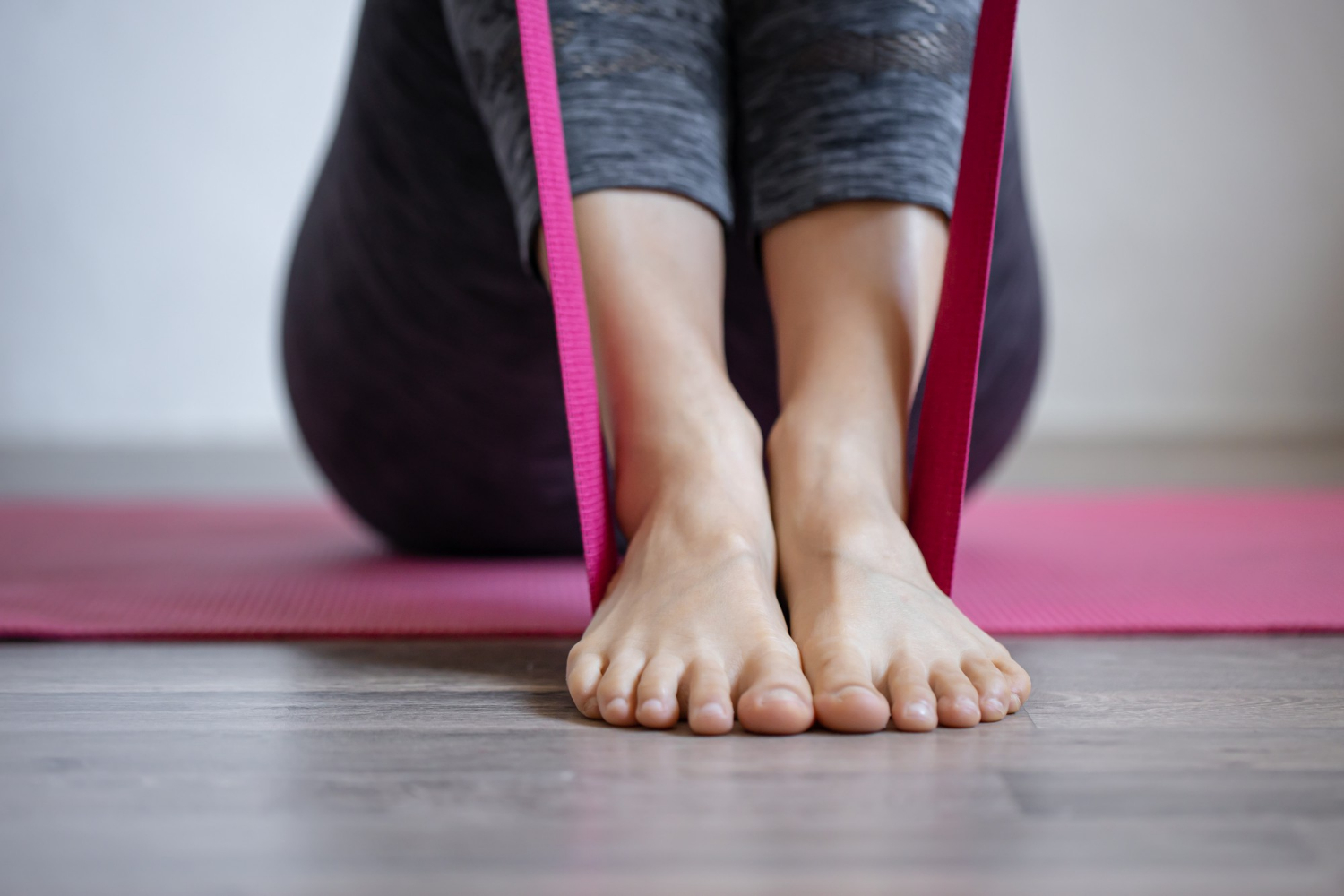Gyrotonic is a unique exercise method that combines elements of yoga, dance, tai chi, and swimming to create a holistic and dynamic movement practice. Developed by Juliu Horvath, a former ballet dancer, Gyrotonic aims to improve flexibility, strength, and overall function of the body by using specialized equipment and fluid, circular movements.
One of the key features of Gyrotonic is its use of a machine called the Gyrotonic Pulley Tower, which consists of weighted pulleys and handles that allow for a wide range of resistance and support during exercises. The Gyrotonic Pulley Tower can be used to perform exercises that target specific muscle groups or that work the entire body in a more integrated way.
In addition to the Pulley Tower, Gyrotonic also utilizes other specialized equipment, such as the Gyrotoner, the Leg Extension Unit, and the Gyrokinesis stool. These pieces of equipment allow for a wide range of exercises that can be adapted to suit the needs and abilities of each individual practitioner.
How can you benefit form Gyrotonic?
There are so many different benefits of Gyrotonic, some of these benefits include:
Mobility and Alignment
One of the primary benefits of Gyrotonic is its focus on spinal mobility and alignment. Many of the exercises involve circular, flowing movements that help to decompress and elongate the spine, improving posture and reducing tension and pain in the back. Gyrotonic can also help to improve flexibility and range of motion in the joints, as well as strengthen and tone the muscles throughout the body.
Breath and Body Awareness
Another key benefit of Gyrotonic is its emphasis on breath and body awareness. Each exercise is performed with the intention of coordinating the breath with the movement, which can help to improve respiratory function and increase body awareness. This can lead to a greater sense of relaxation and balance, as well as increased focus and concentration.
Movements and Exercises
Gyrotonic can be practiced by people of all ages and fitness levels, as the movements and exercises can be modified to suit the needs of the individual. It is often used by athletes and dancers as a way to improve performance and prevent injury, but it can also be beneficial for those seeking to improve their overall physical and mental well-being.
Balance and Counterbalance
One of the unique aspects of Gyrotonic is its focus on the principles of balance and counterbalance. Many of the exercises involve the use of opposing forces, such as pushing and pulling, or flexion and extension, which can help to improve balance and coordination. This can be particularly beneficial for those who have suffered from injuries or have imbalances in their muscle strength or flexibility.
Flexibility and Strength
Overall, Gyrotonic is a comprehensive exercise method that can improve flexibility, strength, and overall function of the body. Its focus on spinal mobility, breath and body awareness, and balance and counterbalance can lead to a greater sense of relaxation, balance, and focus, as well as improved physical and mental well-being. Whether you are an athlete looking to improve your performance or simply someone looking to improve your overall health and well-being, Gyrotonic can be a valuable addition to your exercise routine.
Mental and Emotional Health
In addition to the physical benefits of Gyrotonic, there are also mental and emotional benefits to be gained from the practice. The focus on breath and body awareness can help to calm the mind and reduce stress, leading to a greater sense of relaxation and well-being. The fluid, circular movements can also provide a sense of flow and mindfulness, helping to improve focus and concentration.
Coordination and Balance
Gyrotonic can also be a great way to improve coordination and balance. The use of opposing forces and the focus on balance and counterbalance can help to improve coordination and stability, which can be especially beneficial for those who have suffered from injuries or have imbalances in their muscle strength or flexibility.
The Home Equipment That You Should Get For Gyrotonic
There are many different types of exercises that can be performed with Gyrotonic equipment, ranging from simple movements to more complex exercise routines. Some examples of common Gyrotonic exercises include:
Spinal Rolls
This exercise involves rolling the spine in a circular motion, which helps to improve mobility and flexibility in the back.
Leg Circles
This exercise involves moving the legs in a circular motion, which can help to improve flexibility and strength in the hips and legs.
Chest Expansion
This exercise involves using the Gyrotonic Pulley Tower to perform movements that open and stretch the chest, which can help to improve posture and reduce tension in the shoulders.
Leg Press
This exercise involves using the Leg Extension Unit to perform leg presses, which can help to strengthen and tone the legs and hips.
Swan Dive
This exercise involves using the Gyrotonic Pulley Tower to perform a fluid, flowing movement that stretches and strengthens the entire body.
Gyrotonic can be practiced alone or with the guidance of a trained instructor. Many studios offer group classes or private sessions, which can be a great way to learn the proper form and techniques. It is important to consult with a medical professional before starting any new exercise program, and to listen to your body and modify the movements as needed to suit your individual needs and abilities.
Bottom Line
To sum it all up, Gyrotonic is a unique exercise method that combines elements of yoga, dance, tai chi, and swimming to create a holistic and dynamic movement practice. Its focus on spinal mobility, breath and body awareness, and balance and counterbalance can lead to a range of physical, mental, and emotional benefits. Whether you are an athlete looking to improve your performance or simply someone looking to improve your overall health and well-being, Gyrotonic can be a valuable addition to your exercise routine.





















Discussion about this post